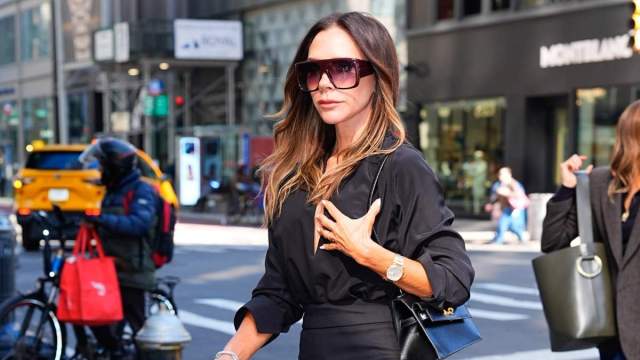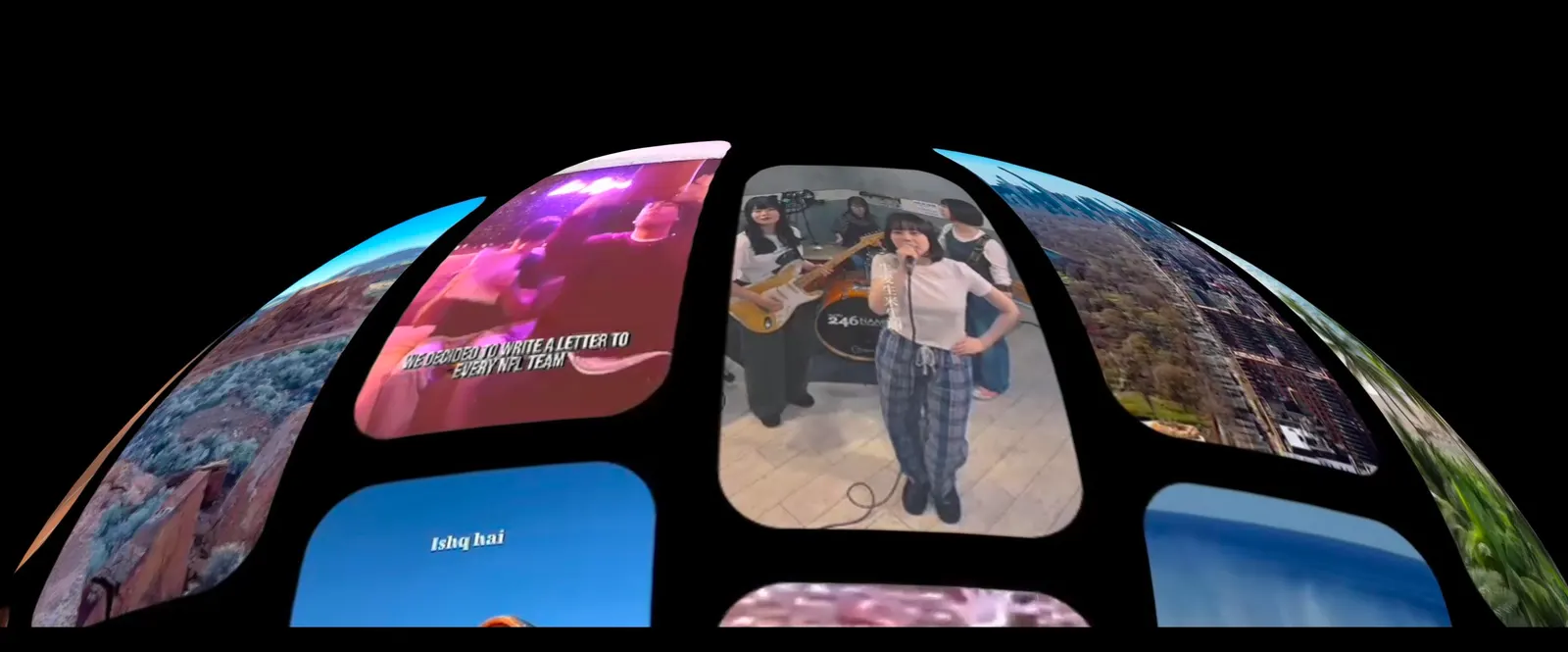This is the fifth episode in the fourth season of WYSO’s original series, Studio Visit.
The series explores artists and the inspirations behind their work. Susan Byrnes, a WYSO community voices producer who has been making art for over 30 years, created it.
This season, Byrnes explores ideas from her latest show, “Lightness and Weight,” which was on display at the Contemporary Dayton Gallery. In this episode, Brynes takes listeners to the Cincinnati Art Museum to meet with the museum’s Chief Curator and the Curator of Fashion and Textile Arts.
Studio Visit is produced for the ear and designed to be heard, not read. We strongly encourage you to listen to the audio by clicking on the blue “LISTEN” button above, which includes emotion and emphasis not on the page.
Susan Byrnes: I always think of museums as silent, contemplative places, but not today. There’s a lot going on when I arrive at the Cincinnati Art Museum, including music in the gallery and construction in the gift shop.
So I followed Cynthia Amnéus to a quiet back office. The fashion collection she oversees features work by iconic women designers, from Rei Kawabuko of the label Comme des Garçons and Bonnie Cashin, who designed for Coach, to Ann Lowe, a Black designer who created Jackie Kennedy’s 1953 wedding dress. Their designs and careers divide traditions of style, function, and societal conventions.
Rhododendrites
/
Wikimedia Commons
“I’ve always been interested in female issues, in women’s issues. And so, of course, women designers are top of mind for me.” Amnéus said, “It seems like there’s a mix right now, but in the past, in the 60s and 70s, for instance, in the 50s, 60s, and 70s, the fashion design field was populated by men. Prior to that, in the 30s and 40s, it was populated by women.”
Right now, Amnéus is working on an exhibition about the little-known 1930s designer Elizabeth Hawes, whose leftist politics and progressive views influenced her ideas about dressing women.
“She designed things that were comfortable. She didn’t want her models to wear brassieres or girdles or anything like that.” Amnéus said, “So, she imagined things that didn’t come to fruition until the 1960s or 70s. And some which have not been done yet. So, trousers for women, skirts for men. You know, she was way far out there in her thinking.”

Cincinnati Art Museum, Rob Deslo
/
Contributed
Amnéus brought another forward-thinking designer to Cincinnati in 2017. The show “Transforming Fashion” by Iris Van Herpen utilized 3-D printing and materials such as polyurethane rubber, umbrella ribs, and metal cloth to create what appeared to be walking sculptures, some of which were famously worn by Beyoncé.
“I think of dress as sculpture on the body. So, you know, I’m always looking for exhibitions that not only show textiles, but dress as sculpture,” she said.

Susan Byrnes
/
Contributed
These days Amnéus has her eye on cutting edge designers who are also addressing climate change, like Collina Strada.
“She uses a lot of sustainable materials, uses a lot of deadstock.” Amnéus said, “And also Chopava Lowena, Emma Chopova, and Laura Lowena, who make up a dual label. And they use a lot of deadstock as well, but their emphasis is on Hungarian or folkloric material and sports, which is unusual.”

“I think fashion allows us to be what we want to be and express ourselves. And so, if that’s sculptural, then we go that route.” She said, “And if it’s not, if it’s about comfort, we go that route. It’s different depending on who you are. “
When we put on clothes, who we are shows up in how we dress. So, who do you want to be today? Be comfortable, be sculpture, or maybe be both.
Studio Visit is supported by The Contemporary Dayton Gallery and produced at The Eichelberger Center for Community Voices at WYSO.


